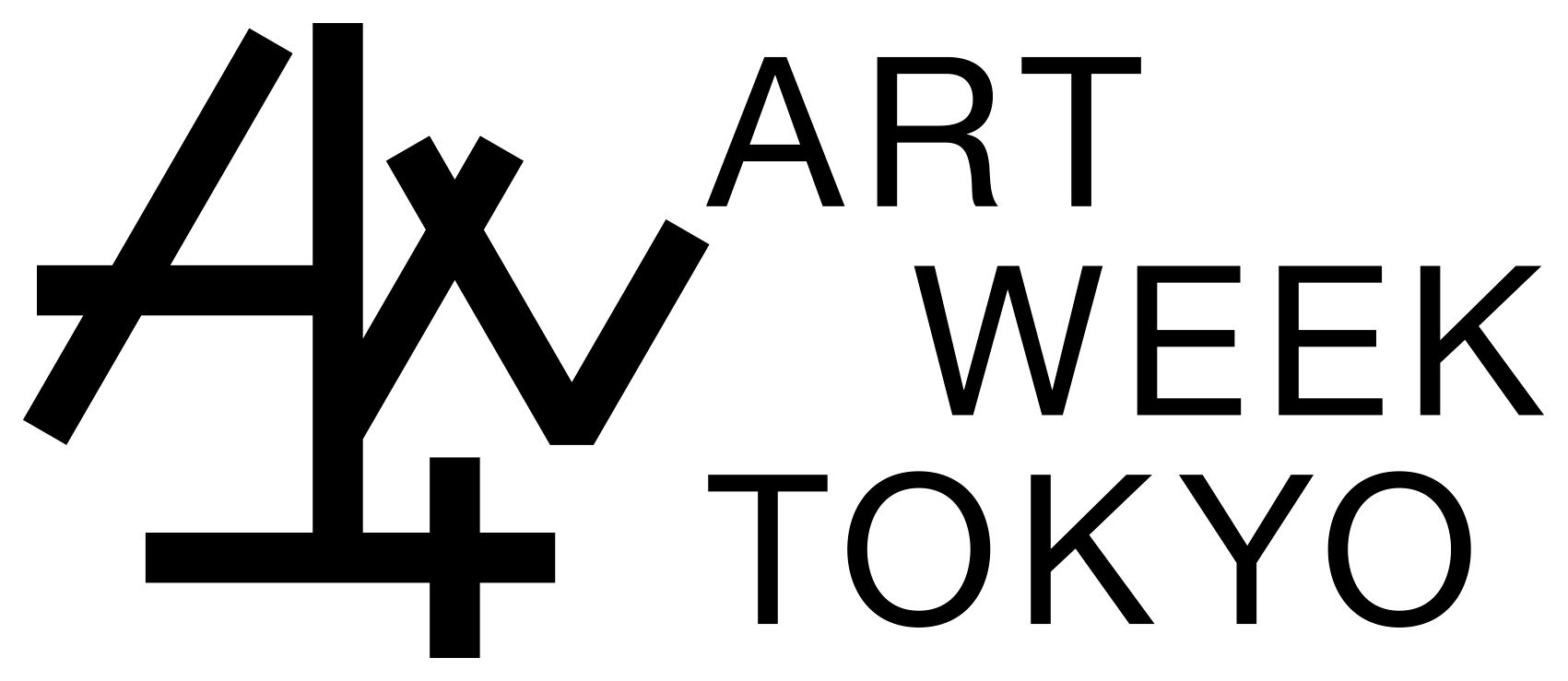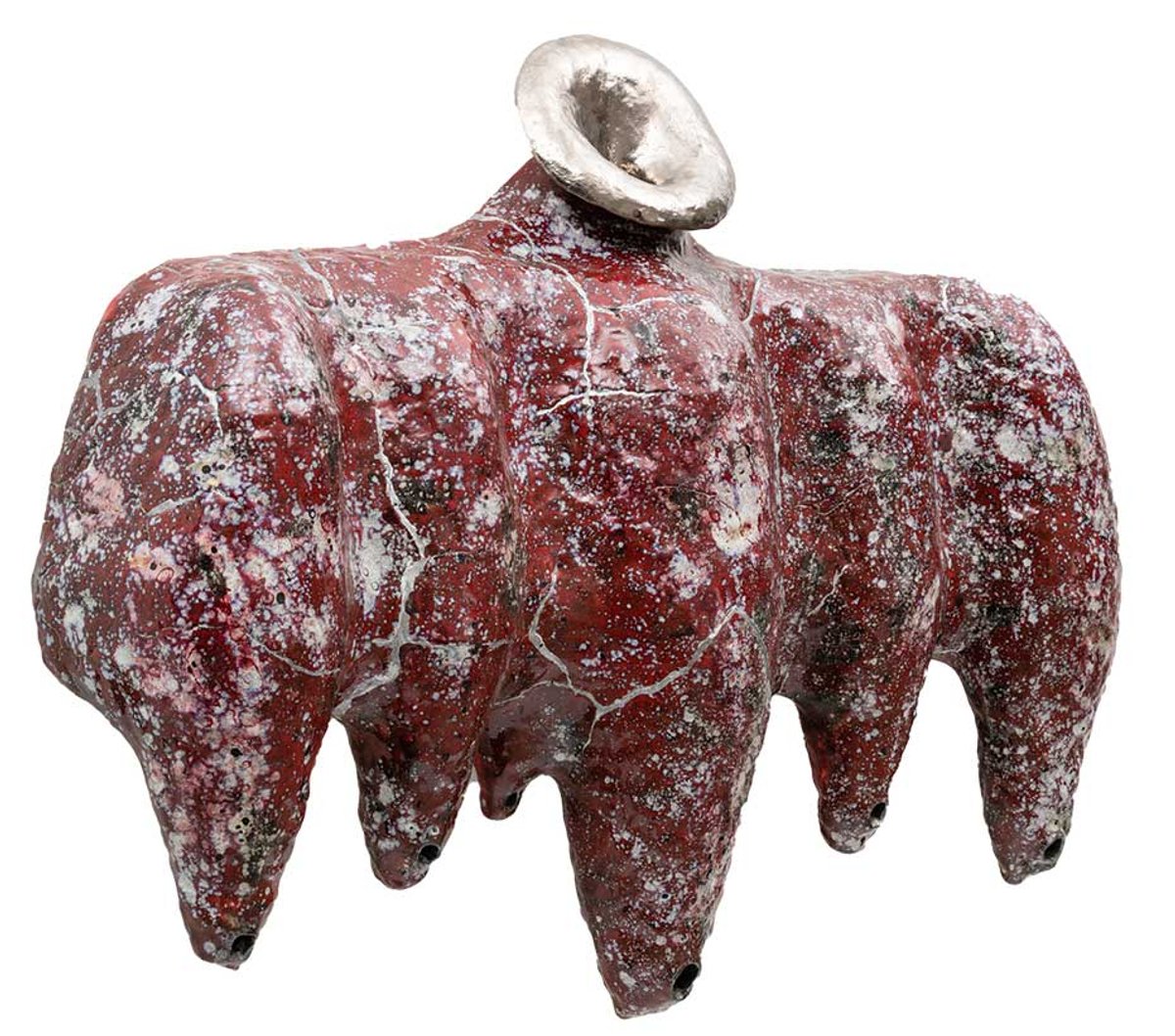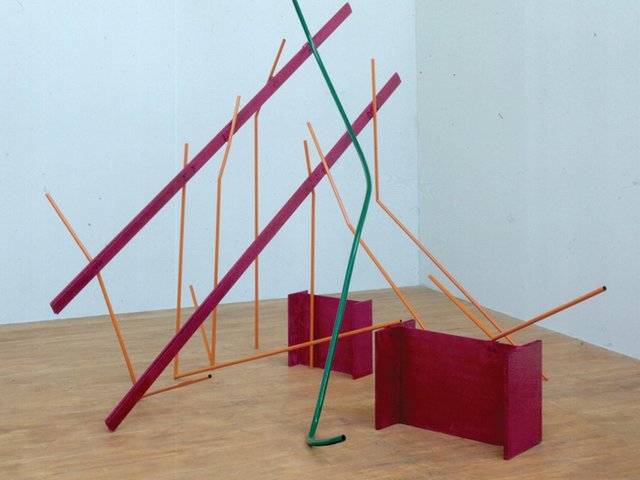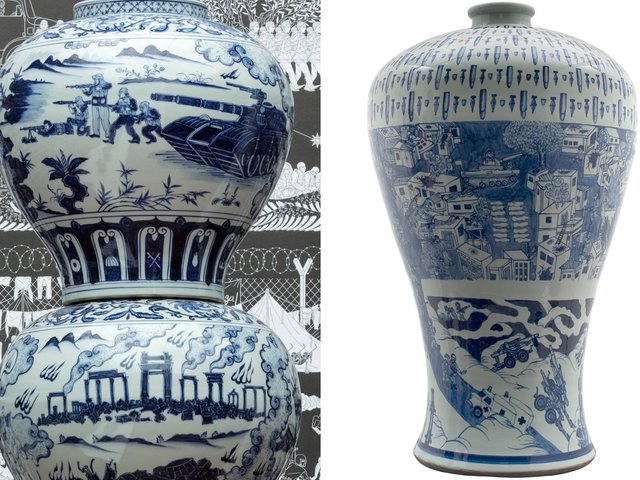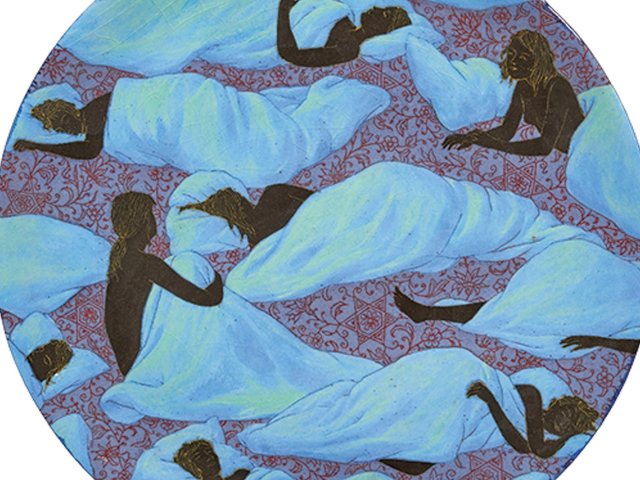In an unstable contemporary world, fraught with geopolitical tensions and climate crisis, what can we learn from the belief systems of the ancients? Buddhist cosmologies, for instance, saw the universe as a dynamic equilibrium between five elements—earth, water, fire, wind and void—amid constant flux. Asia’s spiritual traditions of nature worship and religious syncretism are the starting point for Mami Kataoka’s curation of this year’s AWT Focus exhibition, Earth, Wind, and Fire: Visions of the Future from Asia, at the Okura Museum of Art. With works by 57 artists and groups drawn from 29 galleries, the show is conceived according to themes such as cosmic structures, invisible forces and natural cycles. Here, Kataoka introduces five emblematic works in the exhibition.
Akane Saijo's Swallowed Sin (2019) (pictured top)
Ceramic, Blum
Known for her ceramic sculptures, Akane Saijo sees the conventional approach to ceramics, in which the surface of a work is decorated with glaze and the interior is hollowed out for firing, as a fiction akin to the papier-mâché figures at neighbourhood theme parks in Japan. Her works make sounds when people blow into their hollows, or they take on organic forms modelled to the shape of the artist’s body. Swallowed Sin (2019), which can also be used in performances, variously evokes the image of a bat, a mother’s bosom ready to enfold everything around it, and a ceramic grotto, like the one attributed to the 16th-century French potter and polymath Bernard Palissy.
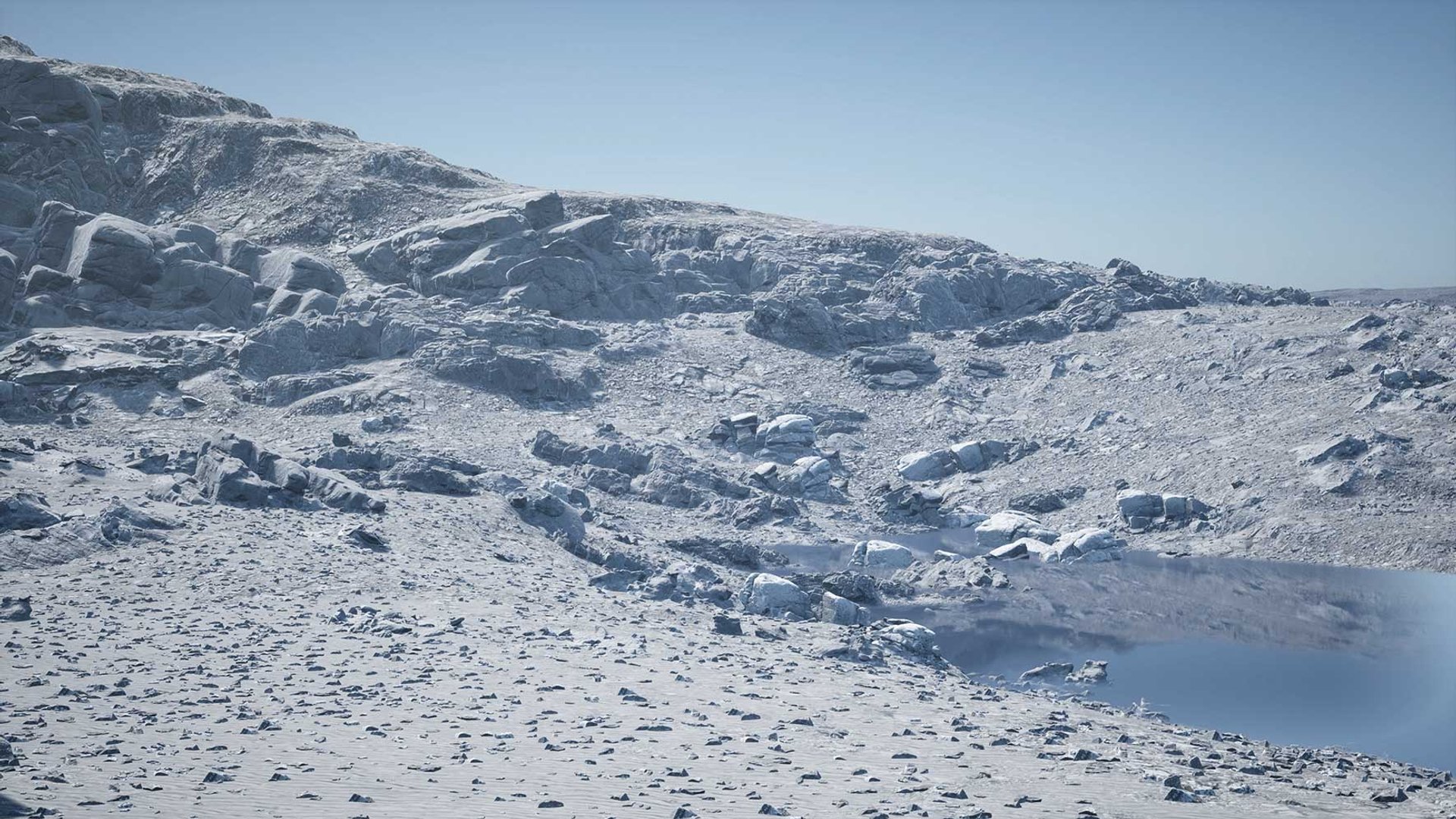
Courtesy Ken Nakahashi
Yuki Harada's Waiting for (2021)
Colour video (4K), with sound, Ken Nakahashi
Yuki Harada’s Waiting for (2021) is a digital animation and narrative performance made with the same CGI technology used to produce video games, movies and television. A virtual camera wanders through three infinite landscapes generated from model images of earth as it looked a million years ago or as it might look a million years from now. Reverberating throughout these worlds devoid of life are the common names of more than 20,000 animal species which are recited by the artist over the work’s 33-hour-and-19-minute duration.
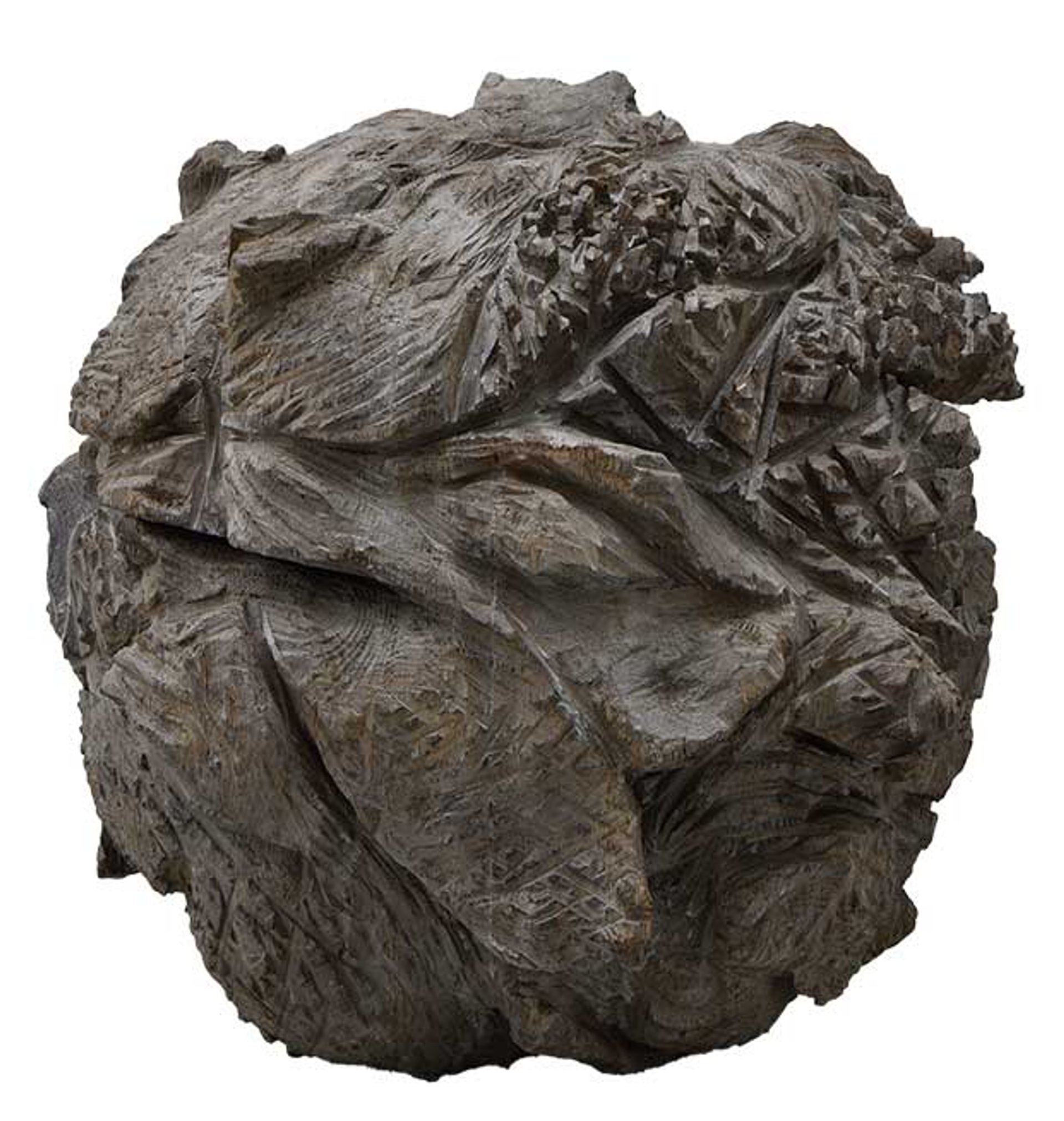
Courtesy ShugoArts
Shigeo Toya's Mass of Folds III (2015)
Wood, ash and acrylic, ShugoArts
Shigeo Toya has been one of Japan’s leading sculptors since the 1970s. Principally working in wood, he is dedicated to interrogating the structures and principles of sculpture. Whereas traditional Western sculpture has a basic vertical structure at its core, Toya begins by carving a single side before rotating the work to create a series of peaks and troughs. The result is an intricate surface structure that refuses a clear reading of its interior composition, as exemplified by Mass of Folds III (2015).
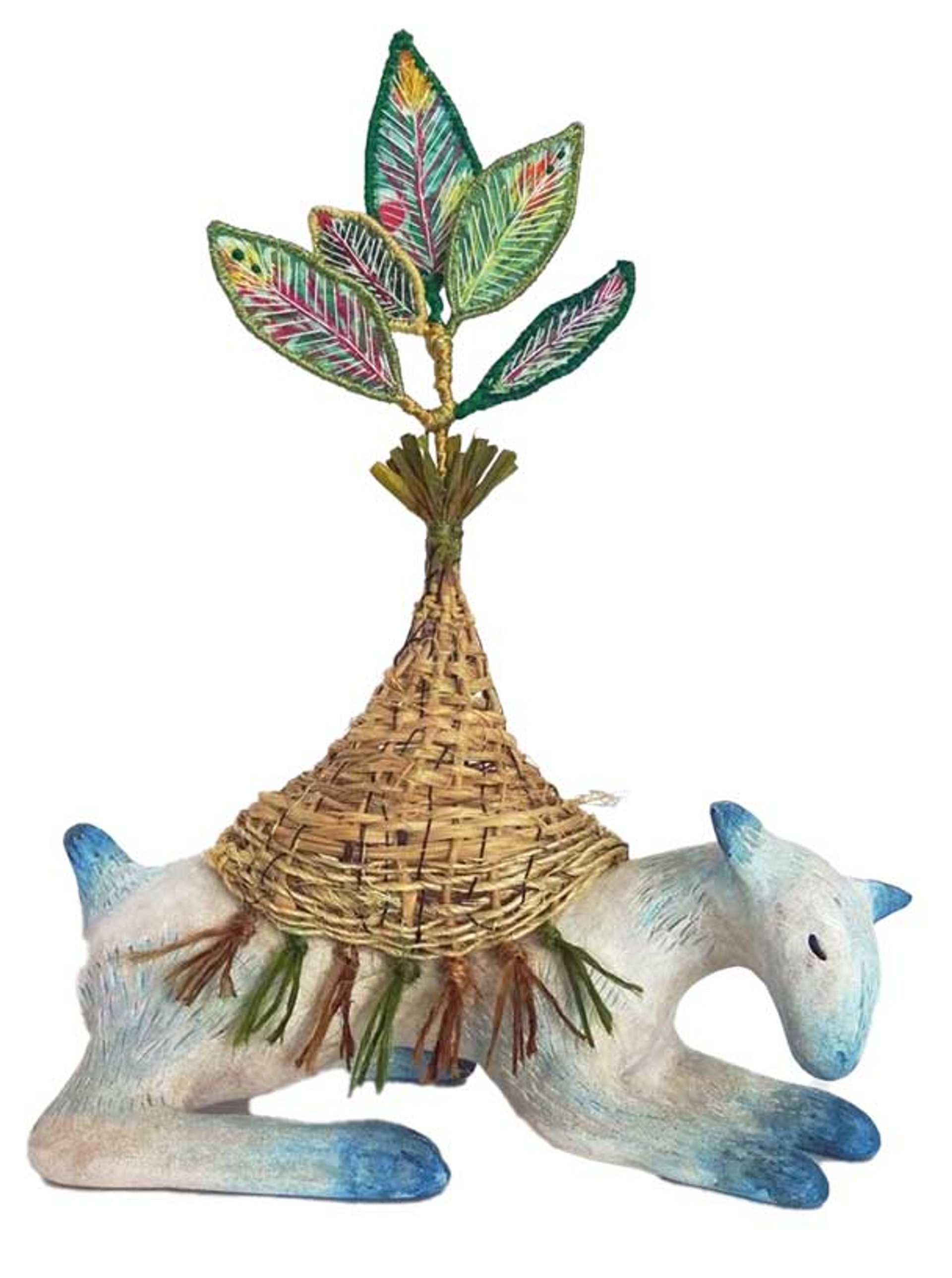
Courtesy Kotaro Nukaga
Mariko Kobayashi's Although I’m Going Out of This World (2024)
Mixed media, Kotaro Nukaga
Drawing on her background in textiles, Mariko Kobayashi employs diverse techniques, including weaving, knitting, stitching and dyeing, to express her unique worldview. The artist believes that humans, animals and plants are all connected by the cycle of birth, death and return to the earth, and her works address fundamental questions about the nature of life. Kobayashi recalls that in her childhood she used to freely converse with the animals and plants in picture books. With their multiple layers of storytelling, her works similarly dissolve the boundaries between life-forms to show the possibilities of a world in which co-existence allows for complexity.
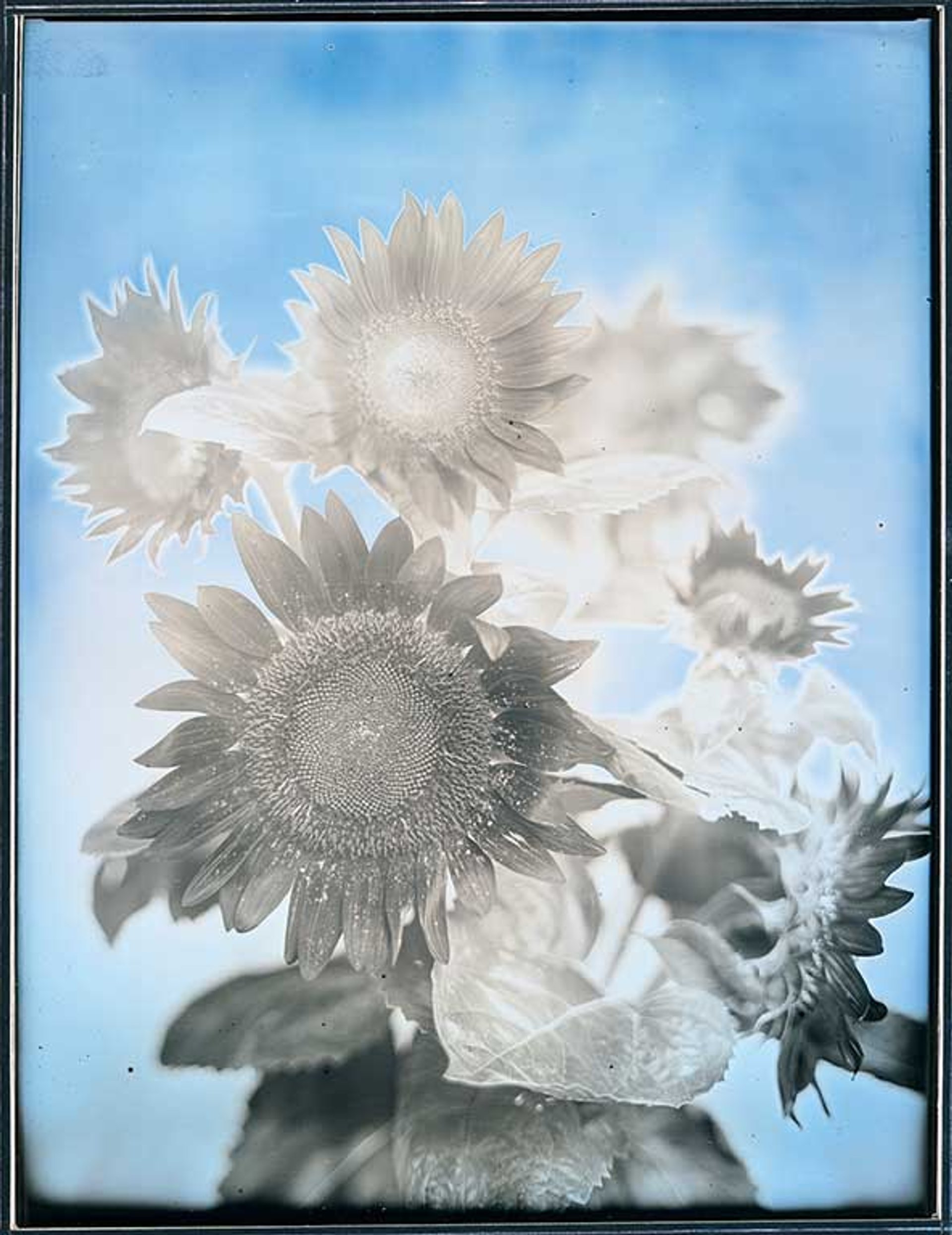
Courtesy PGI
Takashi Arai's Sunflowers No.4, Iitate, Fukushima (2017)
Daguerreotype, PGI
In the wake of the Tohoku earthquake, tsunami and nuclear accident of 2011, volunteers gathered in the village of Iitate, Fukushima Prefecture, to plant sunflowers in rice paddies that were left fallow due to radioactive contamination. The flowers, which continue to grow there, are believed to have decontaminative properties. While sunflowers are typically seen as a symbol of renewable energy, Takashi Arai found himself moved to photograph the landscapes in Fukushima where they thrive.
• AWT Focus, Okura Museum of Art, 2-10-3 Toranomon, Minato-ku, 7-10 November, 10am-6pm


